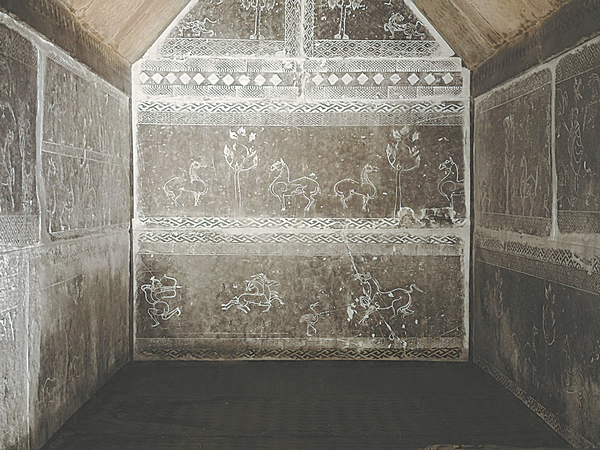

To create greater awareness about China among people in Croatia, Durdevic has co-authored Silk, Dragons and Paper, a book on Chinese civilization, archaeology, culture and history, along with his countryman Zvonimir Stopic, an assistant professor at the Capital Normal University in Beijing and assistant director at its scientific institute for the study of relations between Central and Southeastern Europe-Center for Study of Civilizations. The book is in the Croatian language and has the support of the Croatian ministry of education and science, while the majority of photographs have been provided by the history museum at Capital Normal University.
"Chinese civilization has bestowed upon us many inventions that we use in everyday life, such as paper, silk, bank notes, gunpowder, tea, the compass, and many other things," says Durdevic. "The Croatian language even uses words such as caj (tea) and tajfun (typhoon), which have their origins in the Chinese language."
Southeastern Europe has space for greater research on these ancient ties. Some excavations are taking place simultaneously in Romania and China. "But very few researchers from Croatia are working on this," says Durdevic. "We tried to bridge the gap with our book."
His co-author concurs. During his studies in Croatia, Stopic says that he noticed Croatia lacks adequate knowledge and understanding of not only China, but of Asia in general. Even though diplomatic relations between China and Croatia are "friendly", Croatia had no deep and systematic academic ties with China. "All the knowledge about China comes through non-Croatian sources," Stopic says.
"We wrote this book so that scholars can find the path to knowledge of China a bit easier. The idea is to 'open a door' to Chinese history and archaeology, not only for those who plan to excel in Chinese studies, but also for high school students, teachers and professors, diplomats and businessmen."
The book gives a concise account of Chinese history from the first people of the Paleolithic era to the end of imperial rule in 1911. A second part offers basic information about China's scientific pursuit of archaeology and history, and the founding of the first scientific institutions in China. The last part deals with important contacts between China and the West, including Croatia.
The authors are now conducting workshops and other events to promote the book in Croatia and neighboring countries. However, the book will not be translated into Chinese. "There are enough scholars in China who have written comprehensively on China's history," says Durdevic.